It is an amazing feeling to look at a garden knowing that everything created was built with what nature has given to the gardener without the need to purchase materials. If you’re looking to have a more organic looking garden and have found yourself burning branches, or thick logs laying out in the yard here is an awesome alternative. Create a DIY Raised Garden Bed with Branches instead of disposing of the potentially raised bed materials.
In this post, we will be happy to share with you the step by step instructions on how to make a naturally raised garden bed that will not cost you any extra money other than your time and minimal labor. Take a look at our tutorial for DIY Raised Garden Bed with Branches and watch your garden transform into a natural growing machine.
#1. Make a Plan

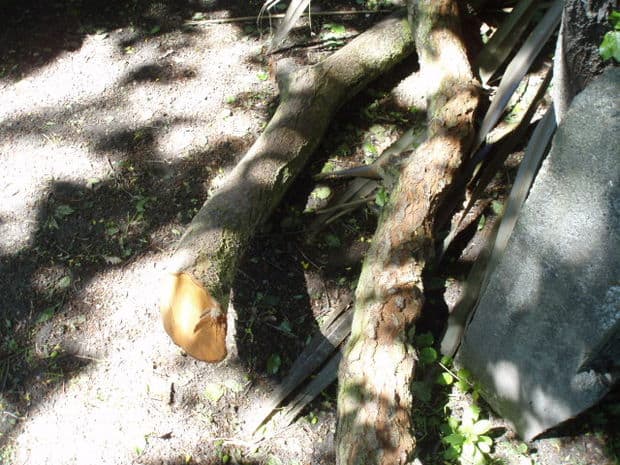
The images above illustrate the first steps involved in creating a plan or design for the naturally raised garden bed. You will need an ample supply of branches and logs for the posts. The pictures shown below are in a garden bed that is a little more than 3 feet in height. Roughly 3 feet and 4 inches.
The depth of the hole you will need to dig for the garden post will need to be of the same height of the garden bed. You don’t need to do the same 3 feet as pictured, but do match the depth of the hole for the posts to the height you decide on for your garden.
#2 Post Hole Digging





Before you start digging, remember that the post holes have to be a particular space apart. For instance, in the pictures shown the timber used are a little over 4″ inches in circumference. Just don’t go over 6ft in distance apart to avoid any potential bowing due to the strength of the soil.
Once you’ve figured out the layout of the naturally raised garden bed make sure the branches you find to be the posts are notch-free, or the notches are minimal. Also, find the branches that are double the height you want the garden to be because half of the timber will be buried under the ground, and the other half will be the height of the bed.
Now that the fun part is out of the way you will need to put the timber for the post into the hole in a vertical position. Then scoop up three garden spade’s worth of soil into the hole surrounding the branch post. Pack in the soil real tight to allow the post to stay firmly in place and not be flimsy. We don’t recommend this step when the ground is wet or when it is raining as the soil needs to be dry. Once the surrounding ground level is about 7″ inches from the level of the tight soil, you are complete with this step.
#3 Prepare the Beams to Attach to Posts
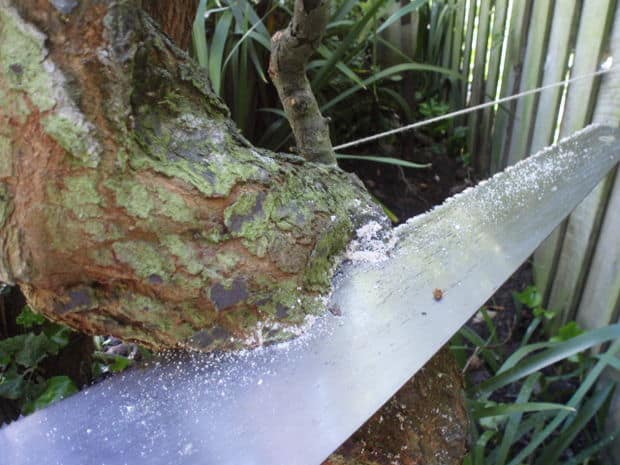
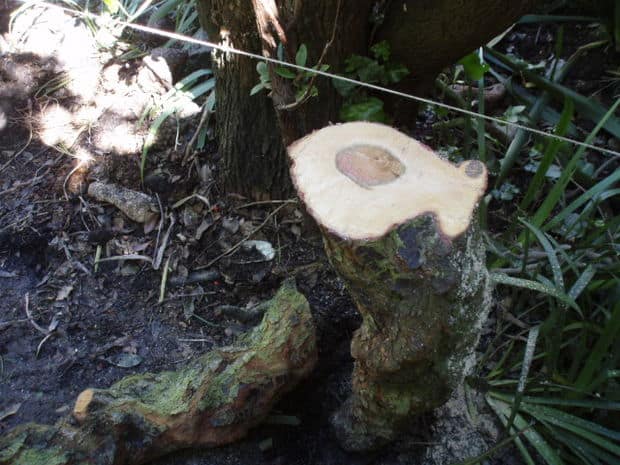

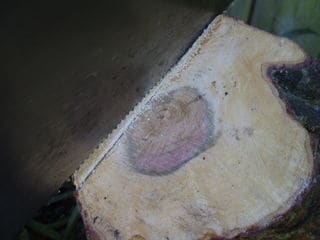





The posts are now in place, and the next step involves setting the height for the raised garden bed. By using a string line, this will allow the garden to be as leveled as it should, and you will want the height to sit where it will be comfortable for you to bend over and maintain the garden. Then cut the timber post to the height you have leveled to where the string lines up.
Next up is notching the post so the beams can rest onto them. You will need to calculate the depth of the notches using a level line. The depth will be the same as the timber beams. I.E. 4″ inches x 2″ inches is the timber section used. You will want to cut down 4″ inches then 2″ inches into the front of the post. Level it cut as much as possible using a saw.
Once the beams are resting in place on the post, you will need to drill holes and then screw the beams to the post. It is recommended that you choose a screw that is long enough to go through both the beam and the post. The corners of the raised bed will need to miter. To be joined at a 90-degree angle.
#4 Line Up the Branches






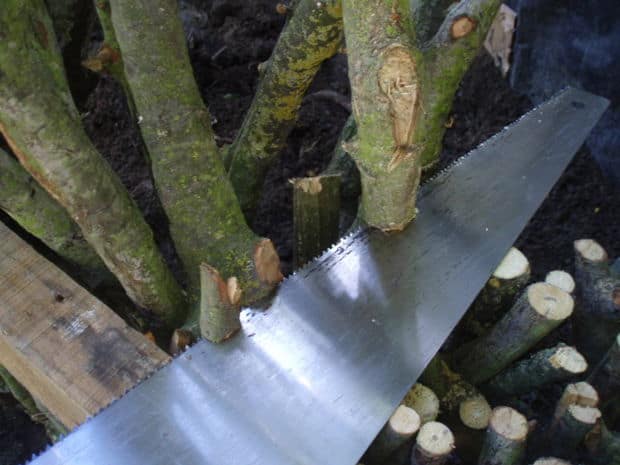


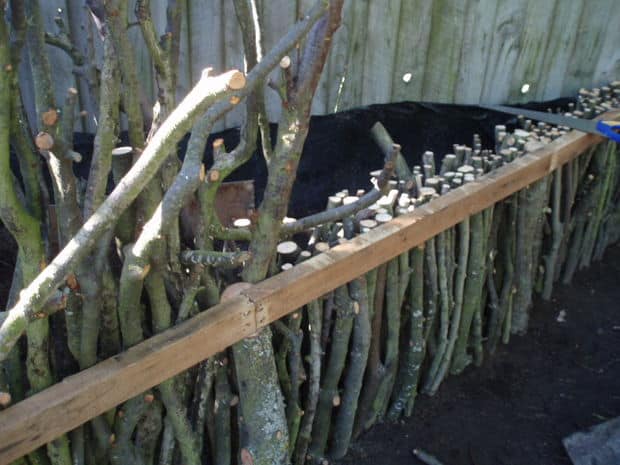
Here comes the most time-consuming, and unfortunately, the most difficult component of this job. It involves branching the branches up inside of a trench that you will need to dig up. The dimensions of the trench should be about 7 7/8″ inches deep and 7 7/8″ inches in width. The trench will work as a wall for the soil to help keep the branches from falling over.
Choose branches that are between 1″ inch to 1 1/4″ inch in diameter that has a length that can span from the top of the beam to the bottom of the trench. Next, you will line the branches alongside each other with little to no gaps in between each branch. Aim for three deep. Place the branches in between the two post and place soil behind the branches and use the weight and force of your foot to stomp the soil tightly together to ensure the branches will not be flimsy.
You will then cut the branches until they’re flush with the beams. If you begin to notice that a few branches are unsteady or have wiggle room after cutting, you will want to add more branches of the same size until they’re smooshed together making each branch more steady as this will prevent structural issues later on.
Once all of the gaps appear to be non-existent keep adding more branches using a hammer to push them into a tight position. The key here is the firmer the better to avoid any problems with the structure in the future. Your aim is to have 4-5 rows of branches positioned tightly. A strong wall.
#5 Pour in the Planting & Filling



After all of that hard work here comes the fun part much like the hard work involved in making an apple pie (the dough, making the crust, peeling the apples) it is time to add the filling.
Start this step once you have all the branches placed as tightly as can be. Fill with all the soil needed plus the plants you want in the garden bed and make sure the surrounding ground level is on point with the soil.
The DIY Raised Garden Bed with Branches should have a lifespan of 4-5 years if properly maintained and if you have the bed resting against a fence like it is in the picture shown place a polyethylene (plastic sheet) sheet between the fence and the soil to keep the wood from rotting when the soil becomes wet.
Source: Instructables by jamieicecream (republished under Creative Commons License).
